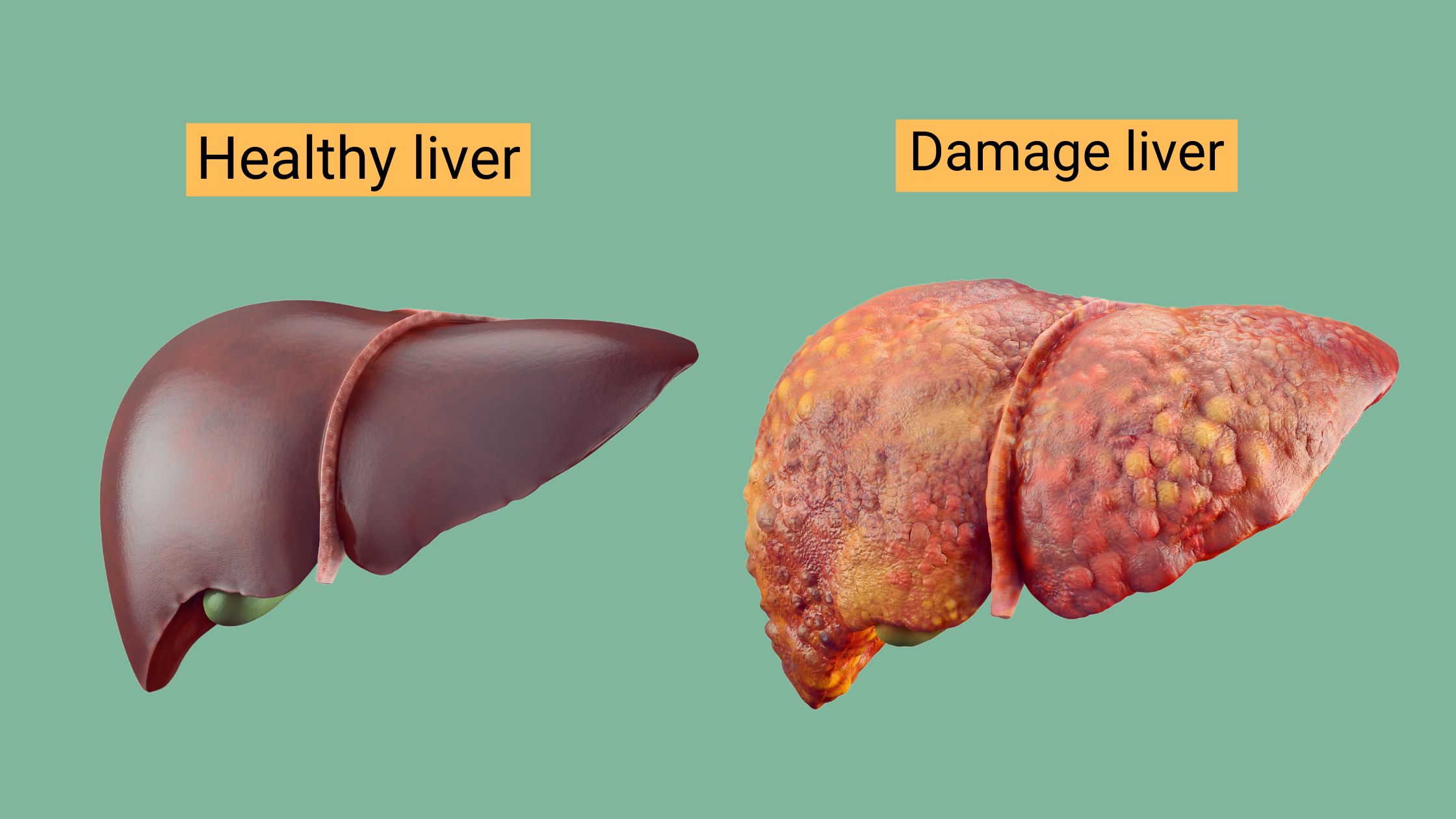6 Signs of Sciatica Never to Overlook
Sciatica is a condition that can cause pain in the lower back and legs. The sciatic nerve is the largest nerve in the body, and it runs from the lower back down the legs. Sciatica occurs when the sciatic nerve is compressed or irritated. This can happen due to a herniated disc, spinal stenosis, piriformis syndrome, or pregnancy.
Treatment for sciatica may include rest, ice or heat therapy, pain medication, and physical therapy. In some cases, surgery may be necessary to relieve pressure on the sciatic nerve. Generally speaking, sciatica can be a painful condition, but there are treatment options available to help manage the pain.
Today, we’ll look at six signs of sciatica that you should never overlook.
1. Pain in the lower back, buttock, and down your leg
One of the most common signs of sciatica is pain that radiates from the lower back, through the buttock, and down the leg. This pain is often described as a sharp, stabbing, burning, or shooting pain, and it can range from mild to severe. In most cases, this pain may be worse when you sit or stand for long periods, and it may worsen when you cough or sneeze.
2. Pain that gets worse at night
Sciatica often gets worse at night because you’re lying down, and gravity is putting more pressure on the nerves. In fact, people with sciatica often report that they have difficulty sleeping due to the pain.
3. Numbness or weakness in your leg or foot
You may also notice that your leg or foot feels numb or weak. This can happen because the sciatic nerve runs through these areas, and when it’s compressed, you may lose feeling. Even though this symptom might not be painful, it can still disrupt your daily activities.
4. Pain that gets worse with movement
Another sign of sciatica never to overlook is pain that gets worse with movement. If you’re experiencing sciatica, even simple movements like bending over or sitting down can trigger pain. When the sciatic nerve is compressed or irritated, it can cause pain to radiate through your lower back and down your leg.
Typically, this pain will be worse when you move since that puts more pressure on the nerve. If you’re unsure whether your pain is sciatica or something else, pay attention to when it hurts the most. If the pain gets worse with movement and it affects only one side of your body, it’s likely sciatica.
5. Pins and needles in your legs, toes, or feet
Most people with sciatica experience pins and needles in their legs, toes, or feet. If the sciatic nerve is compressed, it can cause a sensation of uncomfortable tingling or prickling in the legs, toes, or feet. Medically, this prickly feeling is known as paresthesia, and it’s caused by damage to the nerve or compression of the nerve.
Interestingly, paresthesia can also be caused by poor blood circulation, diabetes, or vitamin deficiencies. So, if you’re experiencing pins and needles in your extremities, it’s important to see a doctor to rule out other potential causes.
6. Changes in bowel and/or bladder control
In severe cases of sciatica, you may also experience changes in bowel and/or bladder control. If the sciatic nerve is compressed, it can cause problems with bowel and bladder function. For example, you may notice that you’re unable to control your bowel movements or that you’re unable to urinate. If you experience any changes in bowel or bladder control, it’s important to see a doctor right away, as this could be a sign of a more serious condition. (1)
The bottom line
If you are experiencing any of these signs, don’t delay in seeking medical attention. While sciatica is not typically a serious condition, it can be very painful and may require treatment.
SEE ALSO: 10 Ways to Ease Your Sciatica Pain






